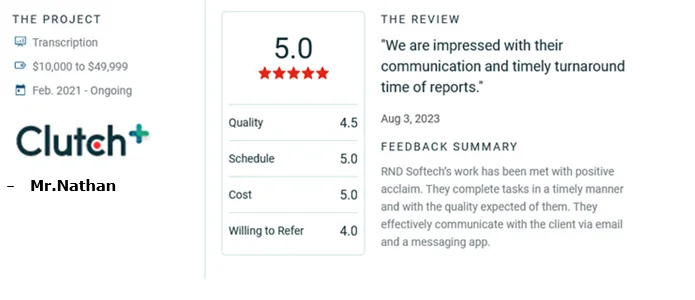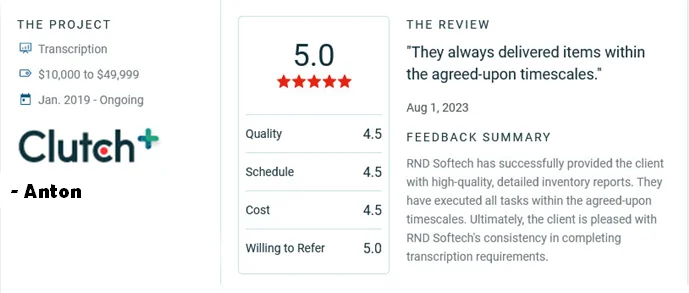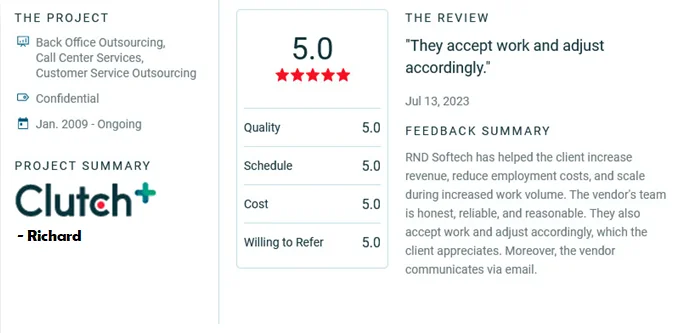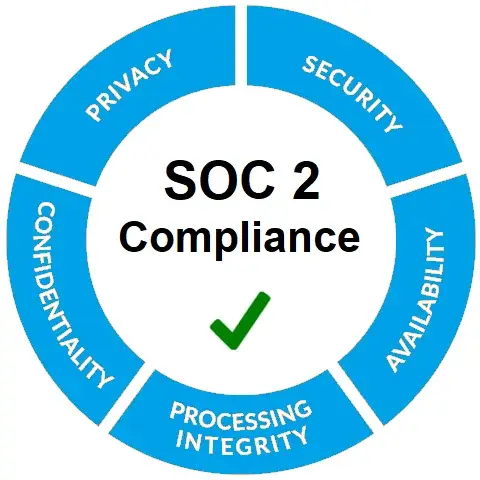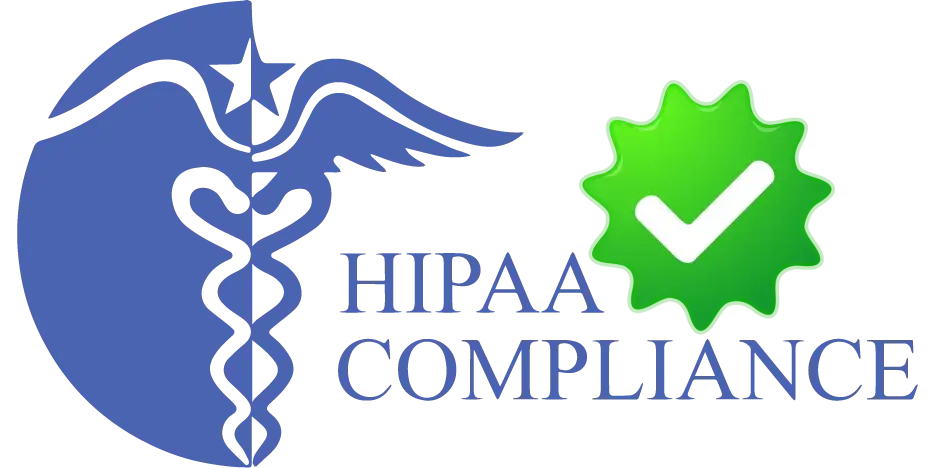In summary, confirming insurance benefits is a crucial part of the healthcare revenue cycle management process rather than a stand-alone job. Timely and precise verification guarantees financial certainty for patients and providers alike, starting at the pre-service phase and continuing throughout the patient experience.
Healthcare businesses can effectively and efficiently manage the complexities of the revenue cycle by realizing the significance of timing in insurance benefit verification.

